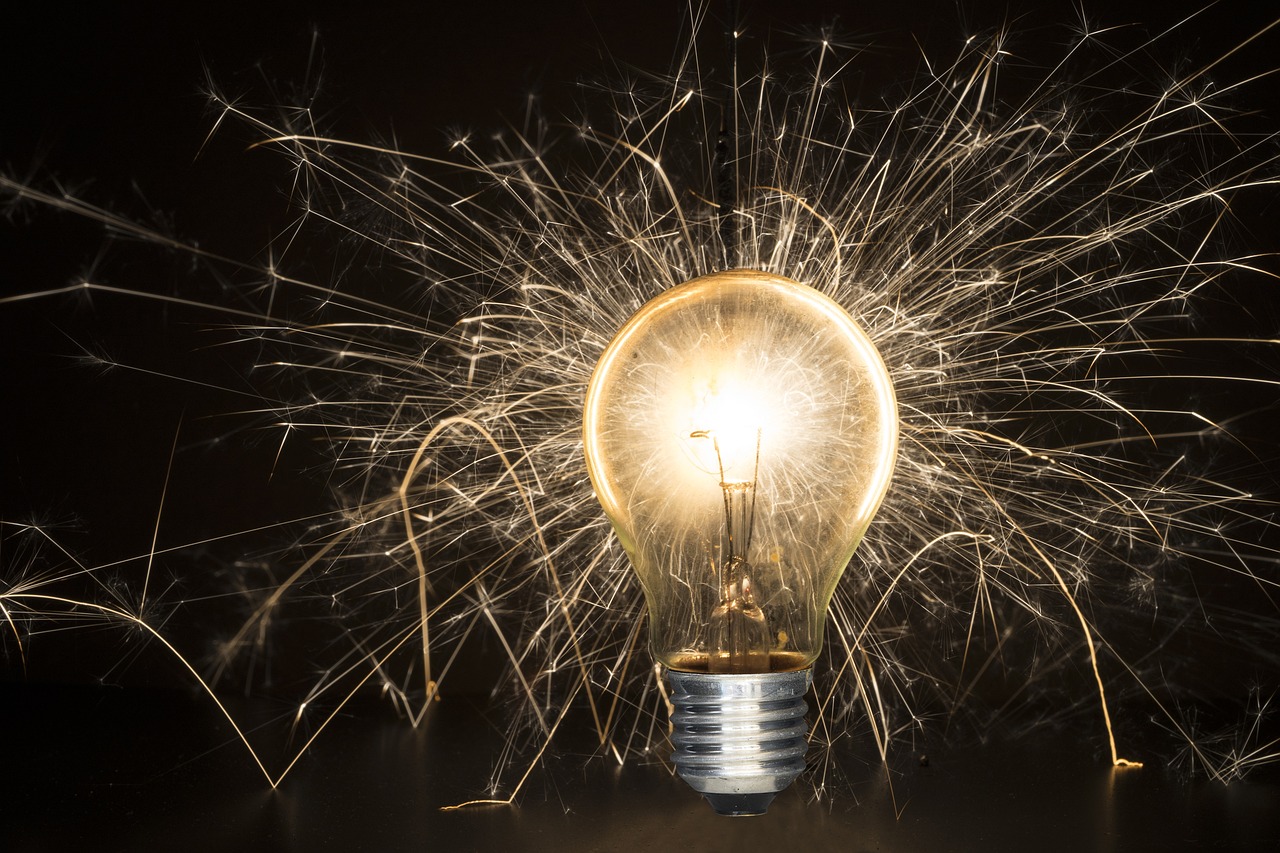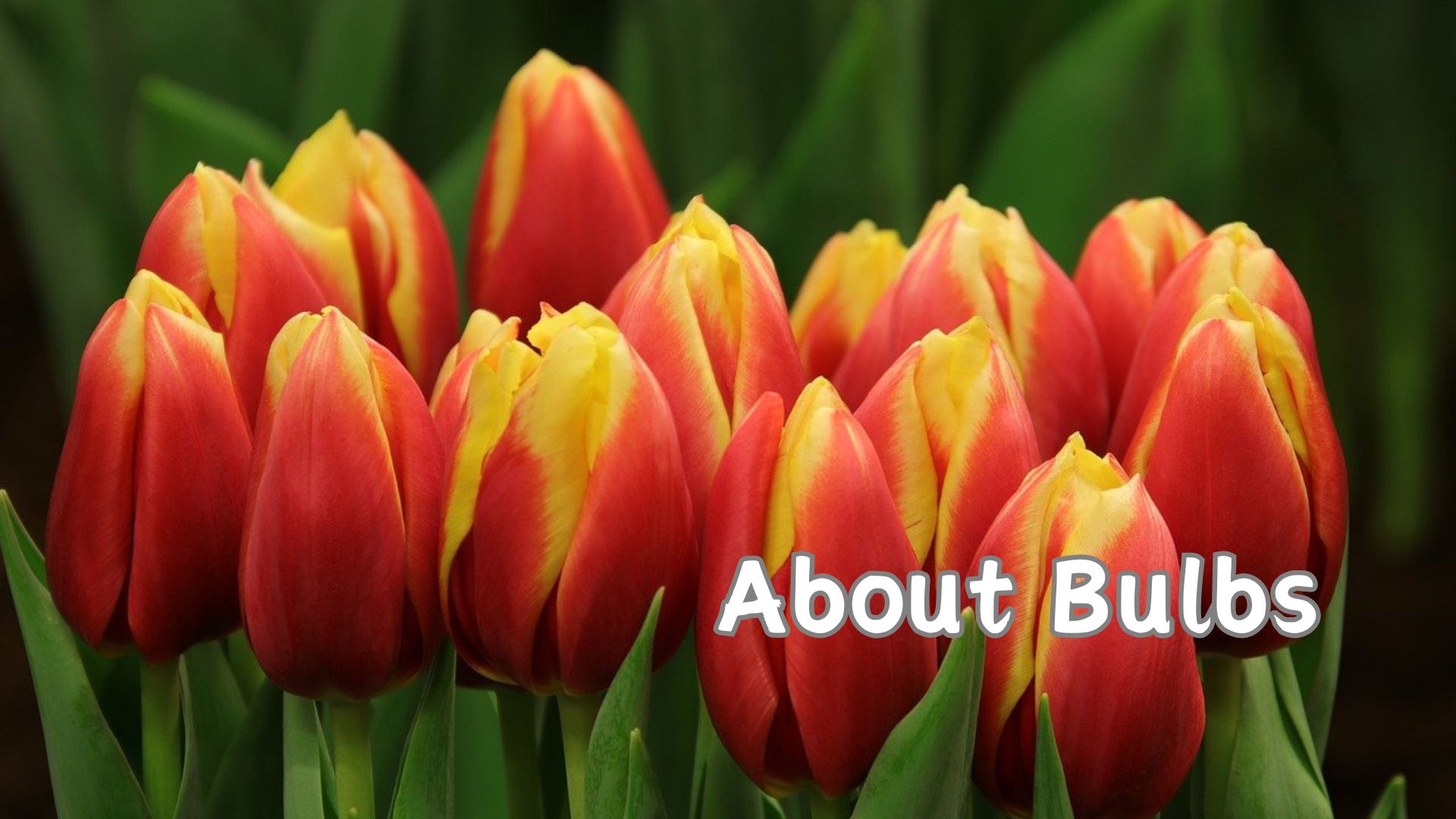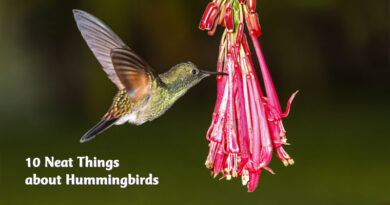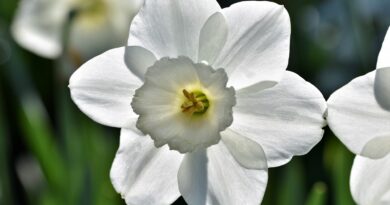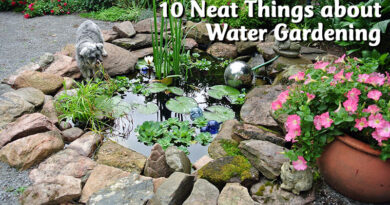10 Neat Things About Bulbs
1. Chilling requirement.
Many bulbs, especially those that bloom in spring, require a period of cold dormancy to trigger flowering. This process, called vernalization, is essential for the biological clock of bulbs like tulips and hyacinths.
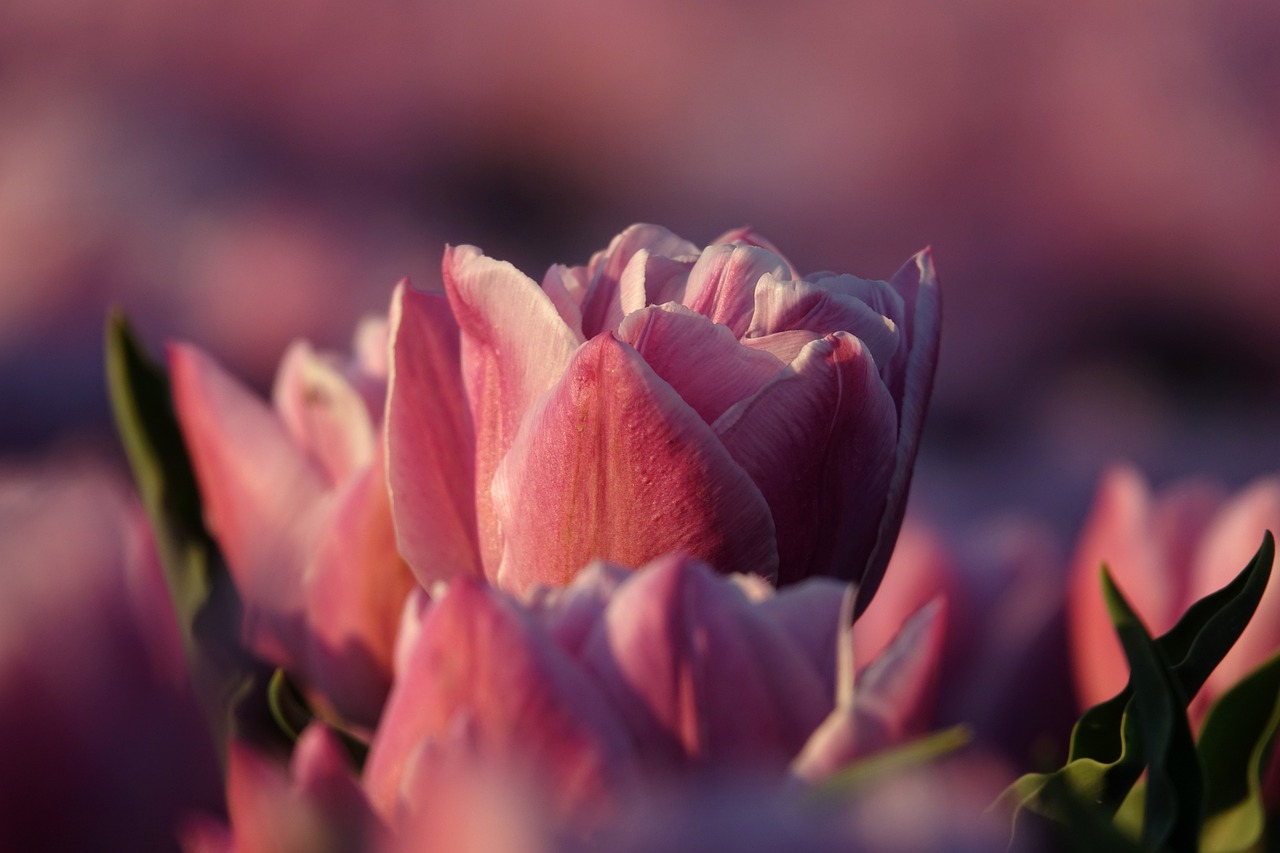
2. Propagation peculiarities.
Besides seeds, many bulbs can propagate vegetatively through offsets, bulbils, or even via aerial bulblets on flower stalks, as seen in certain types of onions and lilies. Offsets and bulbils both grow underground, next to the parent bulb. In time, all three of these can become a fully fledged bulb.
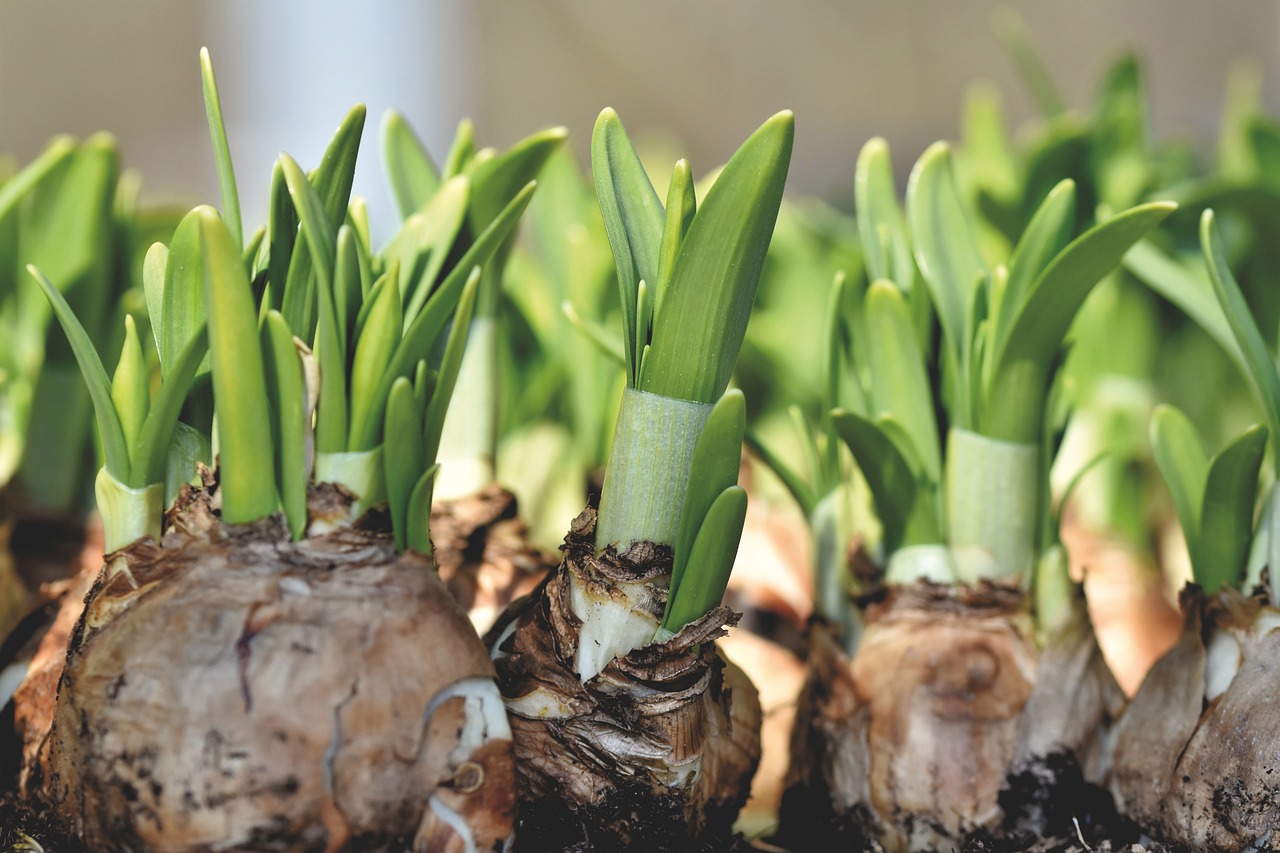
3. Survivors of the soil.
Bulbs can survive underground in a dormant state for several years if conditions are not conducive to growth, emerging when conditions improve. Daffodils in particular can wait out drought or excessive new shade for some time then come back when conditions improve, to the delight of gardeners.
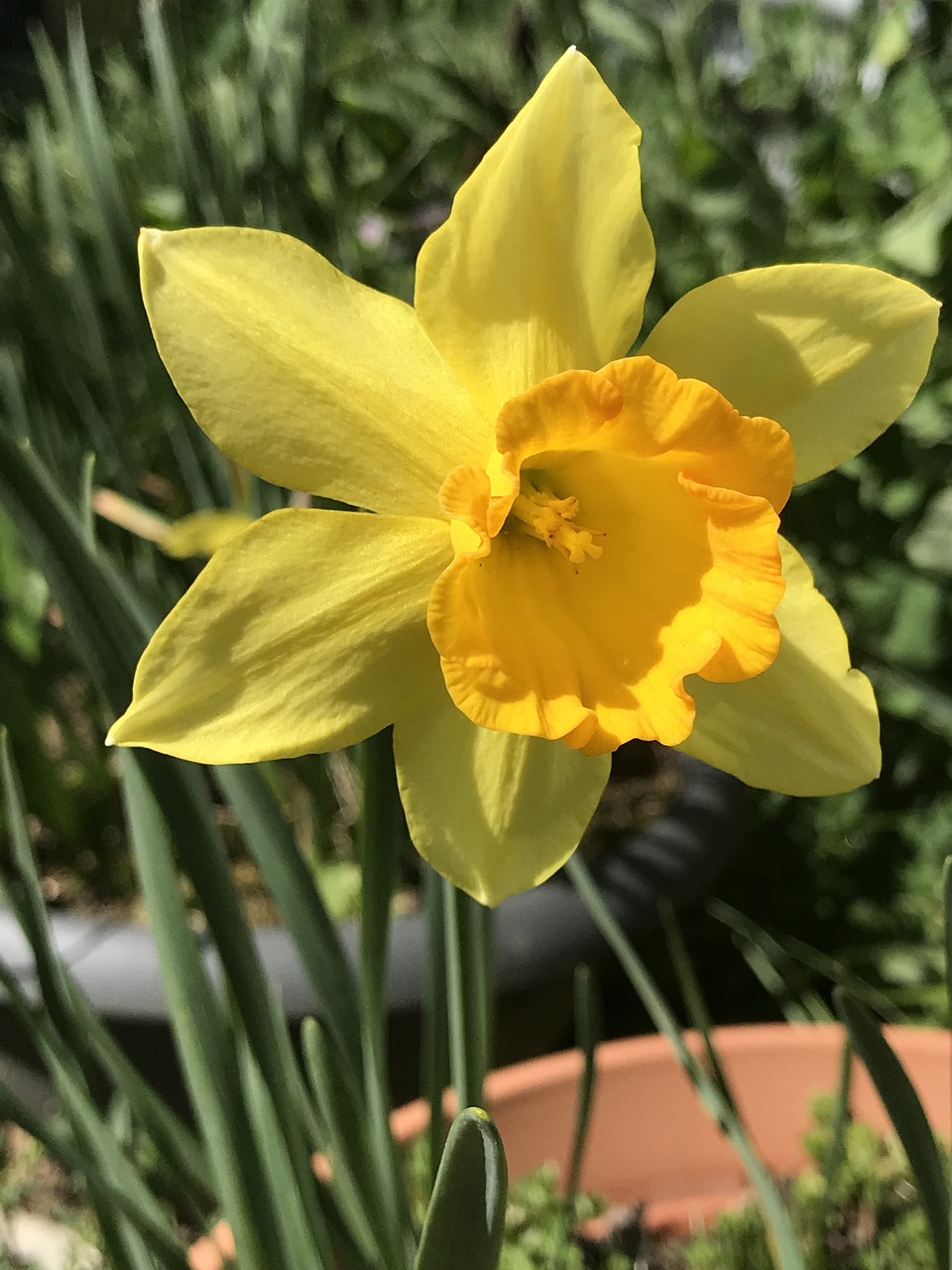
4. Toxic traits.
Some popular bulbs, such as daffodils and lilies, are toxic if ingested, which can protect them from being eaten by deer and other wildlife. Tulips contain toxic glycosides that humans can’t digest well. Nonetheless, during periods of food scarcity humans have been known to eat them. Apparently, when cooked they taste like very bitter potatoes.

5. Colour changing magic.
Some bulbs, particularly tulips, can change color based on soil conditions, age, viral infections and genetic mutations. The changes from soil conditions and age aren’t usually dramatic, but viral infections and spontaneous genetic mutations can be quite extreme. The incidence of tulip breaking virus, which results in striking colour variations in petals, is a key example of the effects.
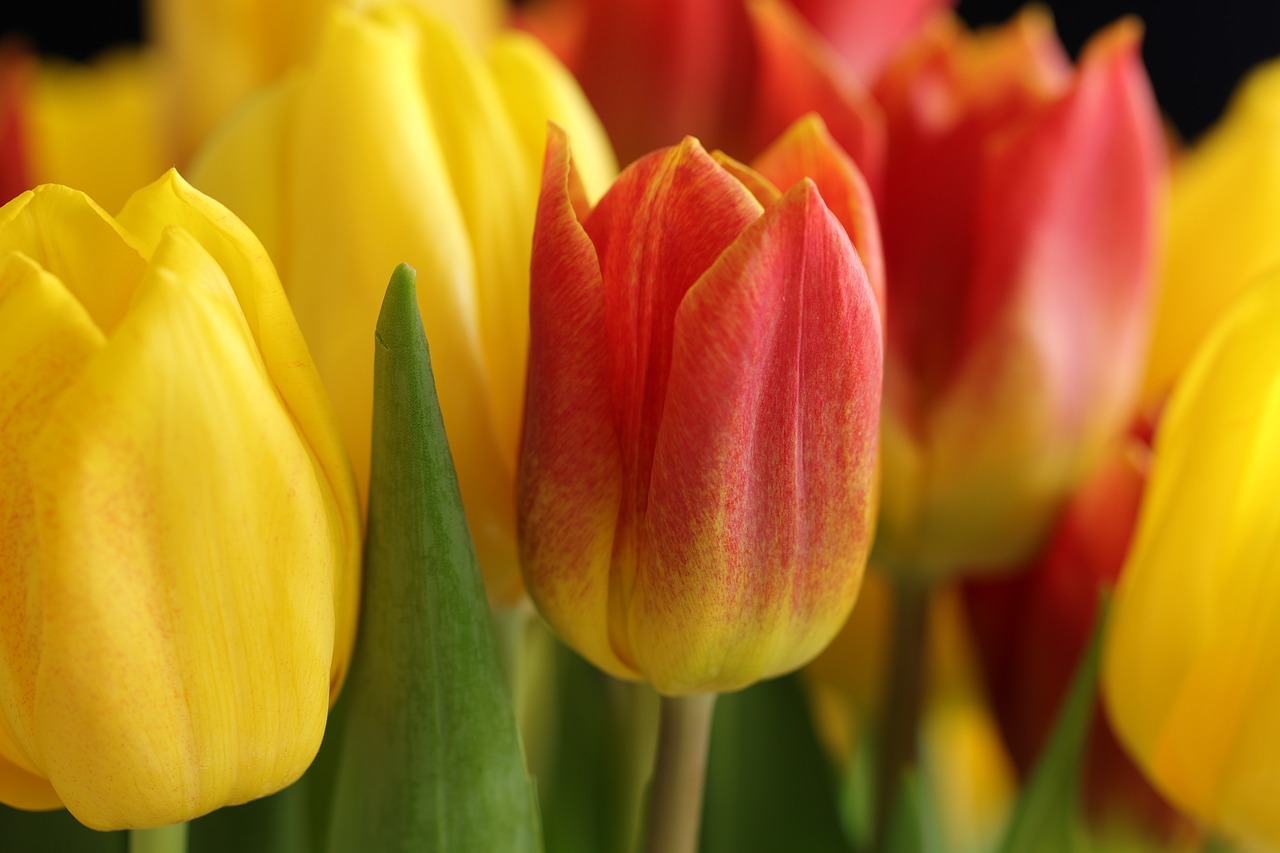
6. Planting too early.
For spring-flowering bulbs, you don’t want to plant them too early. If the temperature goes above 15 Celsius for an extended period, bulbs will start to put forth shoots. Now, if it gets cold again, the bulbs will generally halt their growth at the shoot stage and resume their normal development cycle in the spring. This pause allows them to complete their vernalization. If the warm period is prolonged and the bulbs do not receive enough chilling, the flowering in the spring may be impaired. The bulbs might produce weaker or stunted blooms, or in some cases, they may not bloom at all.
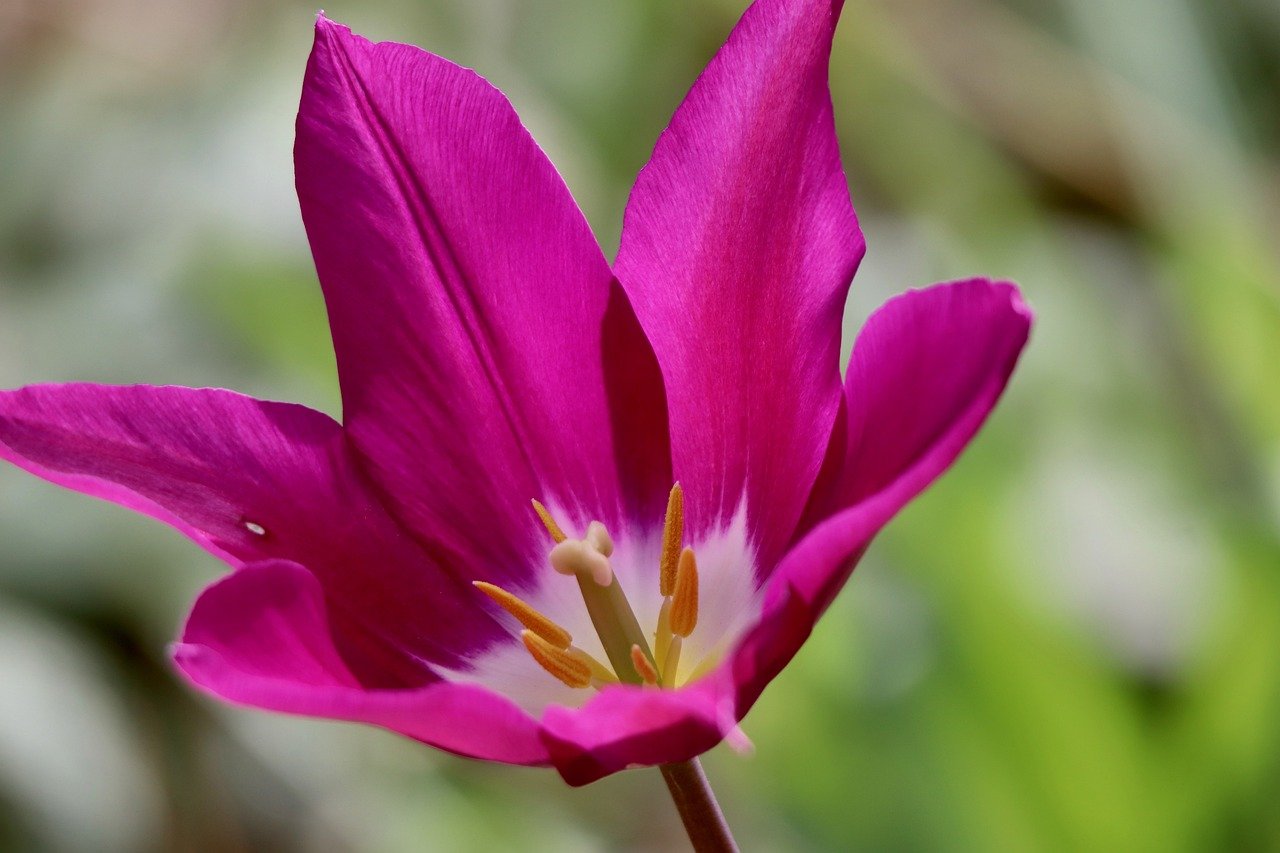
7. Planting too late.
Planting your bulbs too late can also be a problem if the ground is frozen. First, you can’t dig. Second, the bulb won’t be able to grow roots into the soil very easily. If it can’t grow roots, the risk that it will get dried out and die is increased. If it does survive through spring, the flowers will likely be delayed or impaired.
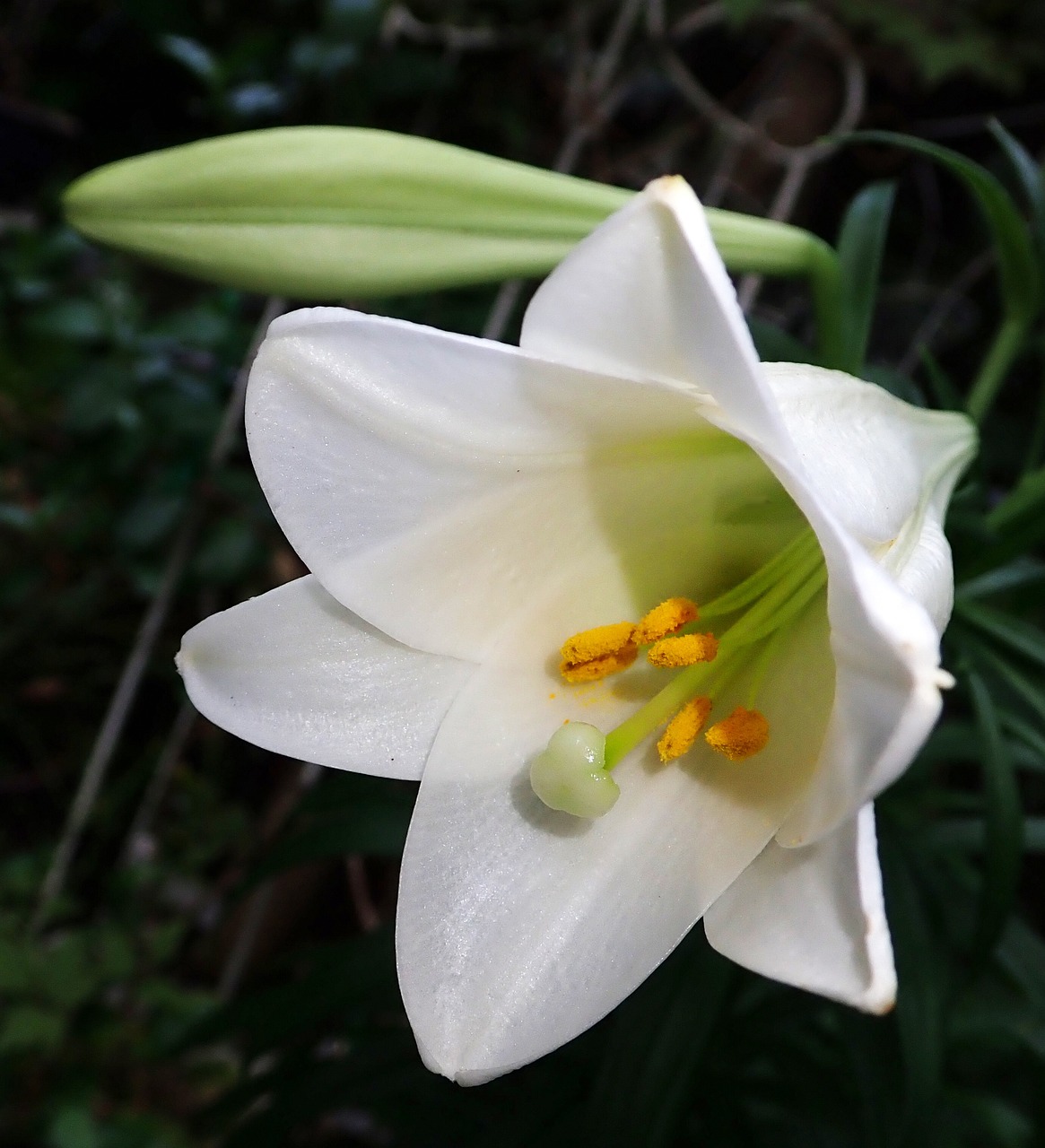
8. Layering bulbs.
I’ve heard that you can layer bulbs, or plant them in the same spot. In general, the biggest, latest-blooming bulbs go on the bottom; the middle-size, mid-blooming bulbs go in the middle; and the smallest, earliest-blooming bulbs go on top. Soil goes between each layer. I’ve never had the guts to give it a try, though. I start to think of all the leaves of the spent bulbs (you must leave the leaves while they are green because they are soaking up energy from the sun for next year’s bloom) among all the newly bloomed bulbs. I start to worry about the timing of this tulip blooming versus that daffodil. It sounds like an exercise too expert for me!
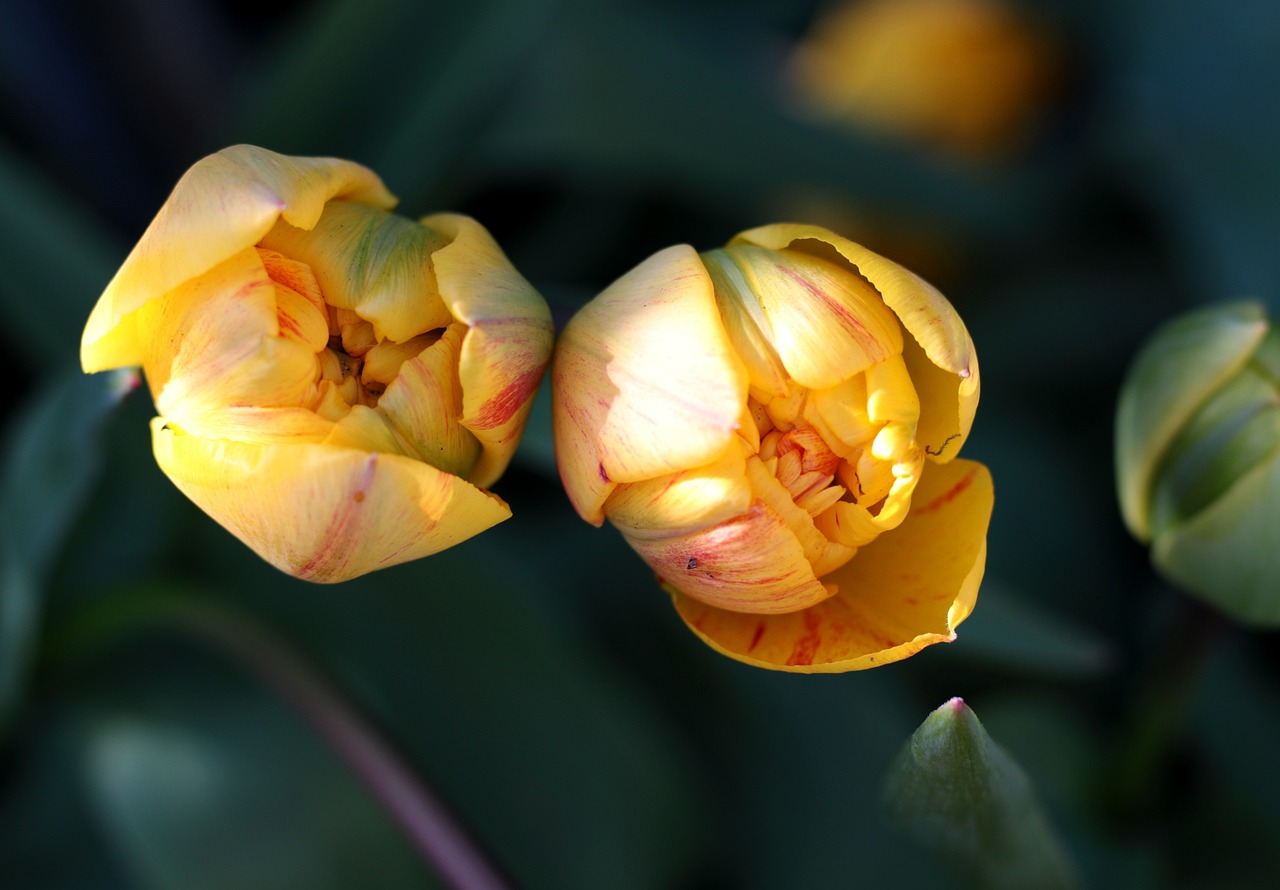
9. Self-leveling bulbs.
It’s often recommended that you plant bulbs pointy side up. Truth is, it doesn’t much matter. Bulbs are gravitropic, which means they direct roots to grow downward and shoots upward. Once the growing roots and shoots sense that they are oriented incorrectly, they begin to change direction. This means that roots will start curving to grow downwards into the soil, and shoots will bend to push upwards towards the surface.

10. Ha ha.
Why did the gardener plant a light bulb in his garden? To grow a power plant!
